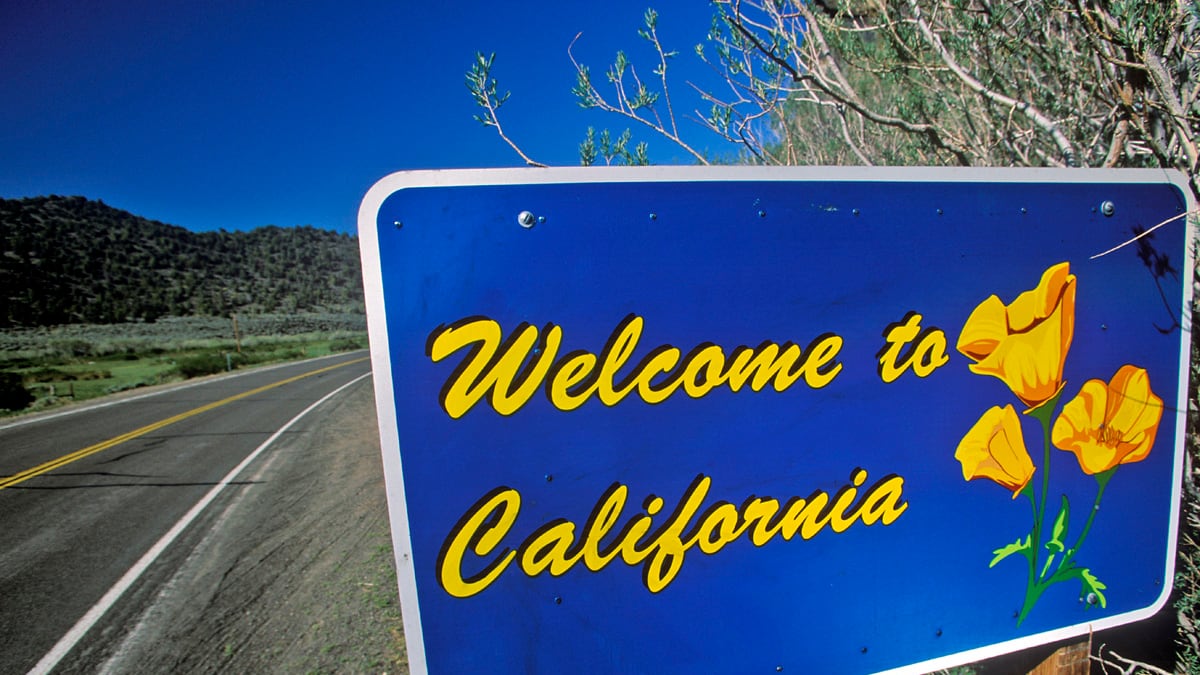After World War II, California was where Americans went in search of a better life—the state with more jobs, more space, more sunlight, and more opportunity. But since 1990, Californians have gone elsewhere for opportunity, with the state losing a net of more than 3.7 million people to other states.
In the national recovery or slow slog since the economy bottomed out roughly three years ago, even California has regained some ground. As of this August, according to the Bureau of Labor Statistics, it has added more than a half million jobs since its payroll totals hit bottom around the end of 2009.
It seems natural these days to assume that the Golden State is the sick man of the U.S.—so if even California is coming back, however weakly, perhaps the recovery is real.
As recently as the 1980s, California still had the aura of an unstoppable growth machine, and such a view would have been unthinkable. Now, Texas is the object of economic envy and California is the object lesson, the toxic state.
It's a partisan narrative to be sure, with Republican-run Texas as a low-tax, right-to-work mecca for business. But propaganda aside, though, there is statistical reality to the idea that Texas is rising and California is falling back. In 2000, California’s jobless rate was 4.9%, while the Texas rate was 4.4%. Ten years later, that half-percentage-point gap had widened to more than four points: 12.4% to 8.2%. Texas is also adding more jobs than California, which has 50% more people.
These figures help explain the findings of a new study I conducted along with demographer Robert Scardamalia for the Manhattan Institute’s Center for State and Local Leadership, The Great California Exodus: A Closer Look. During the first decade of the 2000s, according to IRS data on the movement of income-tax filers, California saw a net loss of 635,000 people and aggregate income of $14.7 billion to just three states—Texas, Arizona and Nevada. Texas was the leading destination, with about 225,000 Californians relocating there.
At the beginning of the decade, when California and Texas were fairly close in job production, movement between the states was close to even. About 35,000 Texans moved to California between the 2000 and 2001 tax years, and slightly fewer than 42,000 Californians moved to Texas. Five years later, Texas had gained a lopsided advantage, gaining about 72,400 Californians while losing about 31,200 Texans to the Golden State. At the decade’s end, the recession had dampened migration in all directions—people are less prone to move when fewer jobs are available to attract them. But Texas remained the far more popular draw, attracting 48,900 Californians while losing just 33,900.

The 2000s were a mixed decade economically, with downturns early and late and an expansion in the middle, but in good times and bad the IRS data show Texas outpacing California in the competition for jobs and people.
Californians needs to ask if the state has started a cycle of decline, in which a loss of jobs to other states leads to a loss of tax-paying residents, and in turn to a deterioration of the public services that make the state even less desirable for businesses. This “toxic state syndrome,” as it might be called, could be very difficult to shake. The businesses that bring jobs (or take jobs with them when they leave) look for certain things: a skilled work force, relatively low costs, sound infrastructure and public services, and—maybe most important of all—some assurance that these conditions will stay the same.
A state in chronic fiscal distress can’t offer such predictability, and California is a very distressed state. For most of the past decade, its credit rating has been at or near last place in the nation; currently it is rated the lowest by Standard & Poor’s, and Moody’s ranks only Illinois lower. Texas, on the other hand, is just one notch from the top on the S&P scale.
Californians could make things worse this November when voters decide on a measure, backed by Gov. Jerry Brown, to raise its income tax rates (already near the highest in the nation) to prevent deep cuts in school spending. That might produce a temporary burst of revenue but leave the state even more dependent on a volatile revenue source. Then again, if the tax hike doesn’t pass, schools will take a hit that could leave California that much less attractive to employers and employees.
What may be most damaging about California’s tax debate is its tone of desperation. The state is like a man at the end of his rope who has taken hostages—in this case, the schools. Meanwhile, Texas and other states are poaching California jobs with tax incentives at a scale that California state and local governments can’t afford, most recently with the $36 million package of tax breaks and investment funds that convinced Apple Inc. to expand in Austin and add some 3,600 jobs.
California doesn’t do such things, and it’s not out of libertarian principle. It’s because the state just doesn’t have the wherewithal. And it never will, if it can’t learn to live within its means. If the data from migration and job creation send one message above all, it’s that fiscal discipline matters. States that cannot pay their bills lose jobs, people, and wealth to the states that can.





